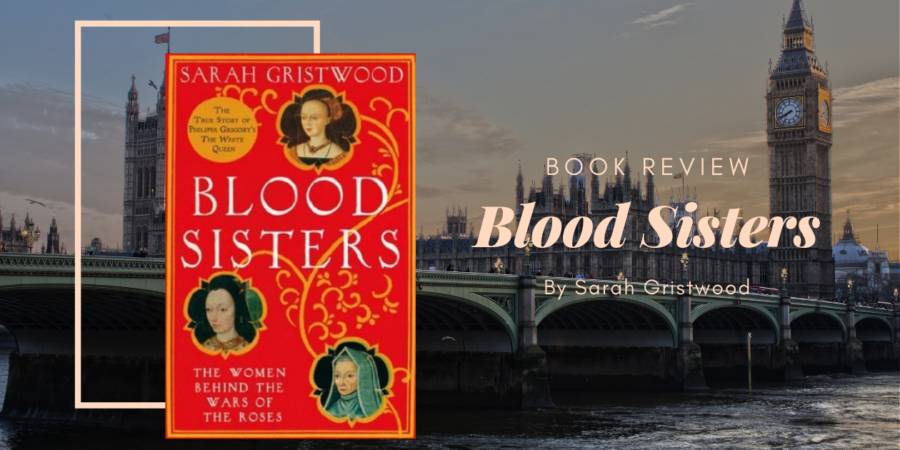Given that I’m still on a post-vacation high, I decided to start going through the English-history books in my TBR list. One of them is Blood Sisters: The Women Behind The Wars of the Roses by Sarah Gristwood. This wasn’t a period of English history that I heard much of in my trip, apart from one visit to Westminster Abbey, but it was fascinating nonetheless.
Blood Sisters tells the story of the Wars of the Roses, focusing on the key women figures: Anne Neville, Cecily Neville, Elizabeth Woodville, Elizabeth of York (Elizabeth Woodville’s daughter), Margaret Beaufort, Margaret of Burgundy, and Marguerite of Anjou. It was a little confusing for me, given the multiple Elizabeths and Margarets, but it served as a pretty good introduction to the Wars of the Roses for me.
Of all the women mentioned, the three that made the deepest impression on me were Elizabeth Woodville, her daughter Elizabeth of York, and Margaret Beaufort. All three of them were strong in their own ways and it was fascinating to find out more about them. Gristwood uses multiple sources, including household expense books, to put weave together a narrative of their lives and plausible theories of how they might have thought or felt at any point in time. I appreciated that the book made clear the distinction between fact and theory or multiple theories.
There’s also a nice section on the Princes in the Tower. They were Elizabeth Woodville’s sons and Gristwood does a good job of discussing the various theories behind their disappearance. She doesn’t reach a conclusion, but I feel like I have a much better grasp of what happened now. Also, how sad was it for Elizabeth Woodville to be coaxed out of sanctuary, only to have the son she was protecting disappear for good?
If I had any criticism, it would be that it was pretty hard to keep track of who was who and who did what at certain times. But that’s mainly because of my unfamiliarity with the history, the similarity of names, and the fact that the women were active at different stages of the war – so instead of seeing them constantly, you might see them more in certain years and much less in others.
This has definitely gotten me interested in reading more about the women mentioned here. The book did a great job of introducing who they were and how they were related to one another without painting any particular person as a villain or hero, but the topic makes it hard for the reader to really get to know the women in the War of the Roses. I’d probably be skipping around English history as I try to finish my TBR list, but I will be coming back to this period in history to find out more about these women (assuming I can find a good biography – recommendations would be welcome!)
